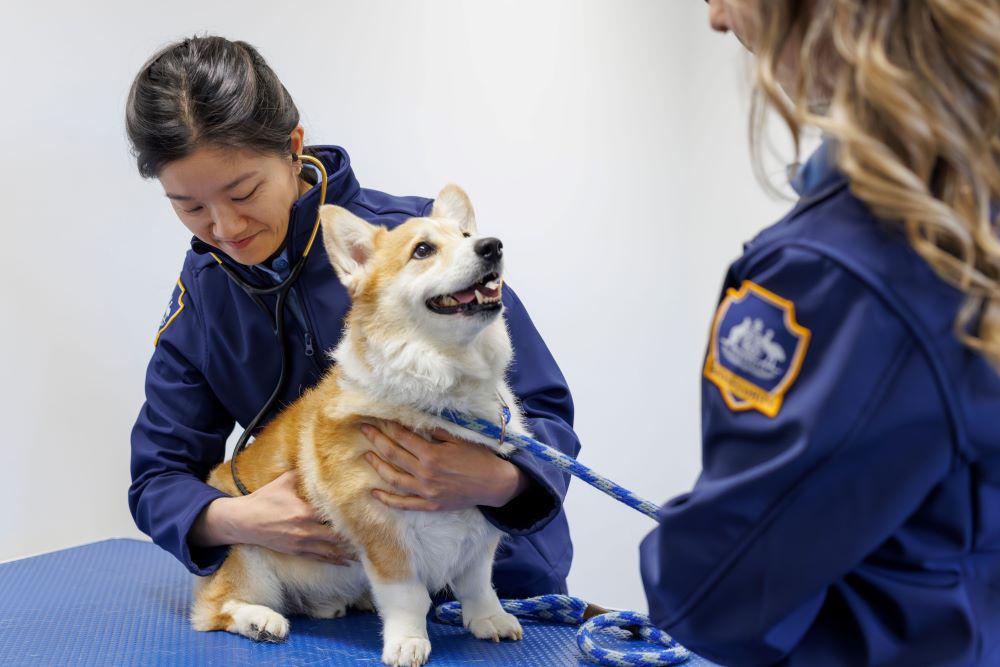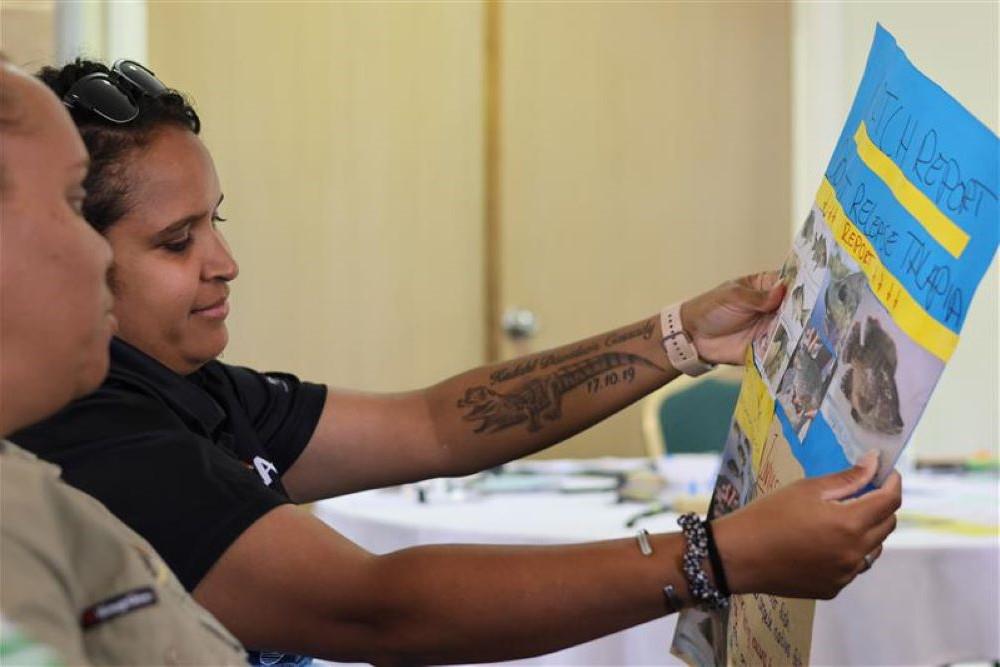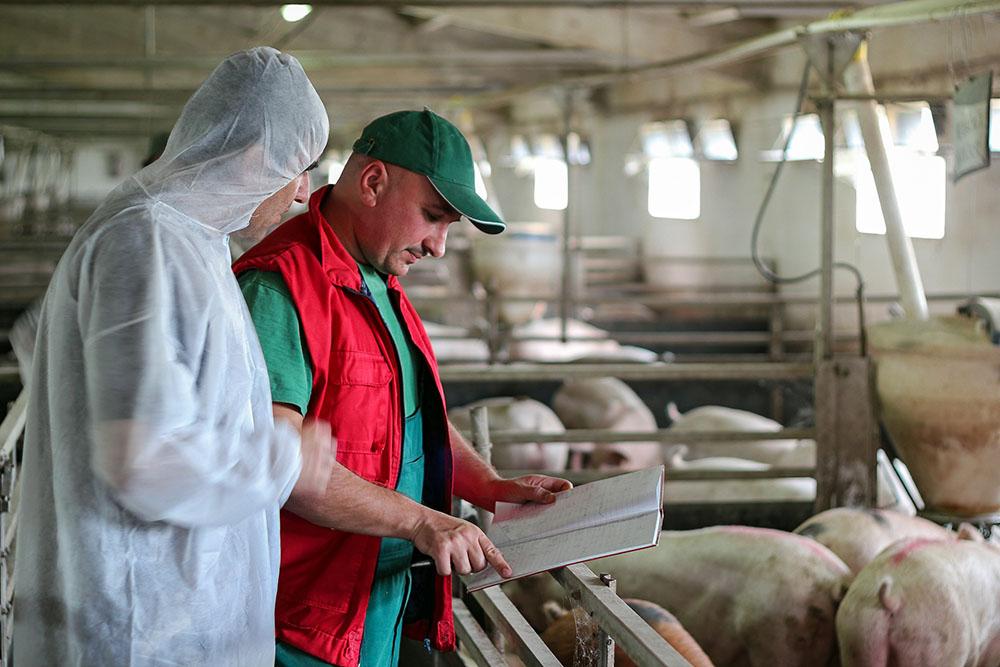Some long necks were seen parading around Australia’s quarantine facility recently with the arrival of 5 llamas to our shores.
They are the first llamas to enter the country in at least a decade. Biosecurity staff were thrilled to make the woolly newcomers feel right at home at Mickleham’s Post Entry Quarantine facility, the only centre in Australia equipped to house camelids in quarantine after they arrive from overseas.
Justine Saunders, Deputy Secretary of Biosecurity and Compliance at the Department of Agriculture, Fisheries and Forestry, welcomed the 5 llamas.
“This is an exciting development for Australia’s budding llama population made possible by our robust animal biosecurity system,” Ms Saunders said.
“Every year we import an array of creatures, ensuring they can safely and sustainably join Australia’s menagerie of wondrous biodiversity.
“All animals are monitored for illness, tested for exotic diseases, and monitored by vets during their stay.”
Their arrival heralds new possibilities for llama breeding.
“After a significant search, I selected these animals for their quality and genetic diversity,” said importer Jane Ackland of Everlong Llamas. She said llamas haven’t entered Australia from the USA since the mid-1990s.
“They will bring a unique and transformative change to my llama breeding program here in Wamboin, NSW.”
The animals flew halfway across the world, leaving a frigid Chicago winter for a balmy Australian summer. Despite being in the air for more than 24 hours, the animals arrived with a spring in their step.
“The llamas followed people along the fence and chased wild birds,” said Ms Saunders. “In the mornings, they cantered around happily on broad paddocks, rubbing their heads on the ground and rolling around on the grass.”
The llamas underwent blood tests for diseases such as bluetongue virus, epizootic haemorrhagic disease and brucellosis, and were protected from insects that could transmit diseases of concern during their 30 days of pre-export quarantine in the USA. They did further blood tests 14 days after their arrival in Australia and were only released from biosecurity control upon negative results and a final veterinary health inspection. Every year the nation’s biosecurity protocols enable a plethora of animals to relocate to Australia, enabling residents to enjoy a broad range of animals, from pets to livestock, and even some of the animals displayed in our wonderful zoos.
“Our quarantine system does more than keep biosecurity risks at bay,” said Ms Saunders.



